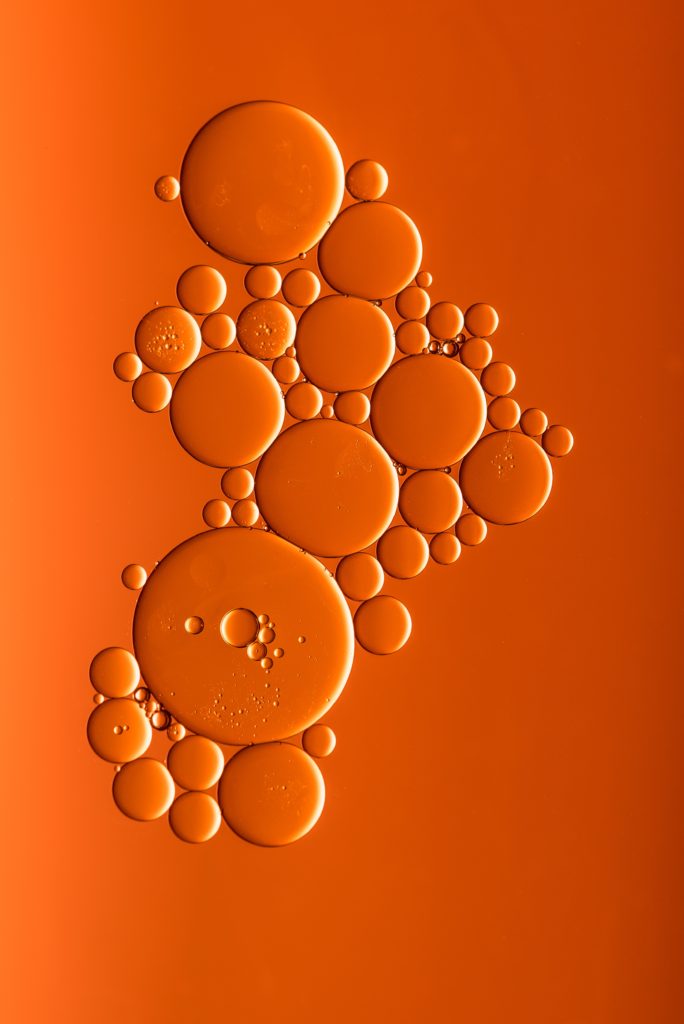
Anyone who has ever remotely struggled with breakouts and/or oily skin has likely searched the beauty aisles for strictly oil-free skincare products. Intuitively, it makes sense: if you want to manage excess oil, stop adding more oil, right? WRONG.
Sorry to burst your bubble, but we’re about to take everything you thought you knew about oily skin and turn it upside down. First of all, oils are a natural part of your skin’s ecosystem. Their purpose is to keep your skin hydrated & plump (and therefore less likely to wrinkle). These oils make up part of your skin’s barrier function, which is there to prevent trans-epidermal water loss. (Three cheers for keeping natural moisture in your skin, right where it belongs!)

Why you need to add oil. Some cleansers act as a harsh detergent and strip the skin of all your essential, natural oils. (We hope you’re using CLEAN by GR8 Skincare, so that shouldn’t be a problem for you.) If you are using a harsh, stripping cleanser AND all your other skincare products are oil-free, you’re doing double-duty harm to your skin’s barrier function. This can lead to dry, flaky skin and pre-mature aging.
So what’s the best way to incorporate oils into your skincare? We’re glad you asked, because not all oils are created equal. Some oils high in oleic acid (like coconut oil) can be heavy, occlusive, and detrimental for oily & acne-prone skin. Instead, look for oils high in linoleic acid, (like hemp seed oil, grape seed oil, and argan oil).
Why linoleic acid? When skin is deficient in linoleic acid, it tends to compensate by producing very thick sebum (the skin’s natural oil) which can clog pores and aggravate breakouts. Excessive, thick sebum will likely send you running for a harsh, stripping cleanser to dry out the skin, and the cycle never ends. These peaks and valleys of dryness can send the skin into chaos.
Break this cycle by using a gentle, non-drying cleanser and other skincare products that contain oils high in linoleic acid. This will keep your skin balanced, hydrated, nourished!